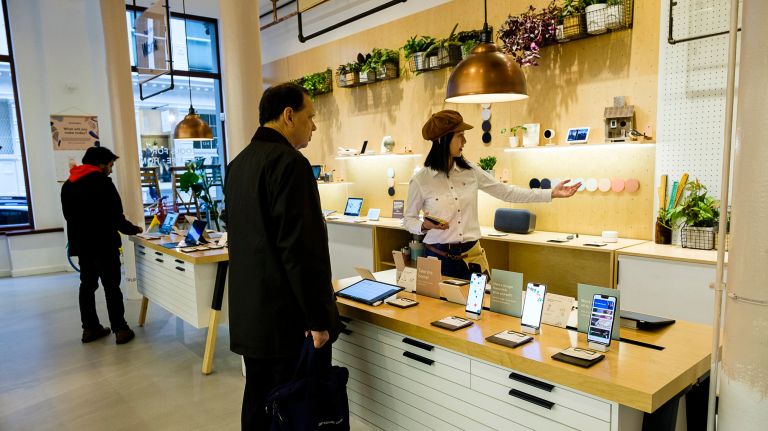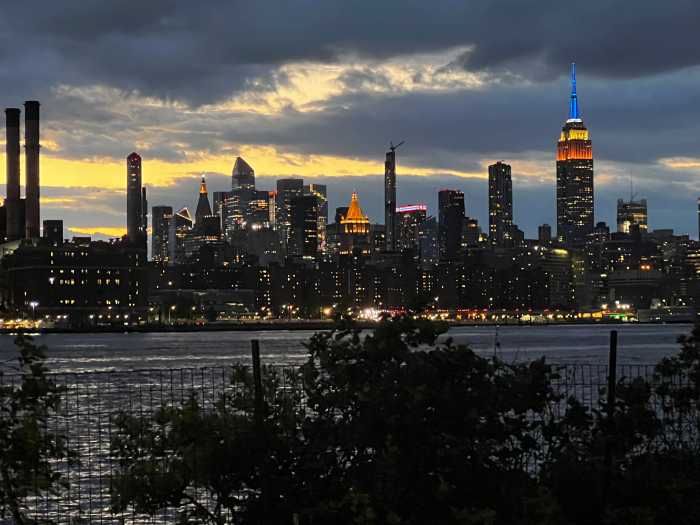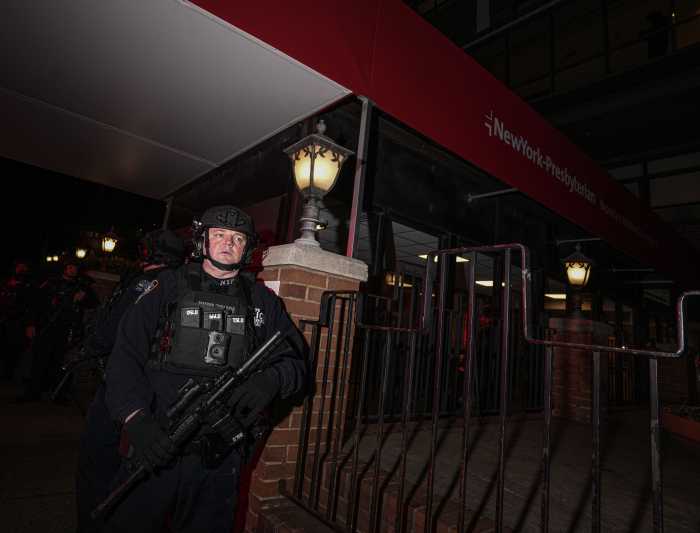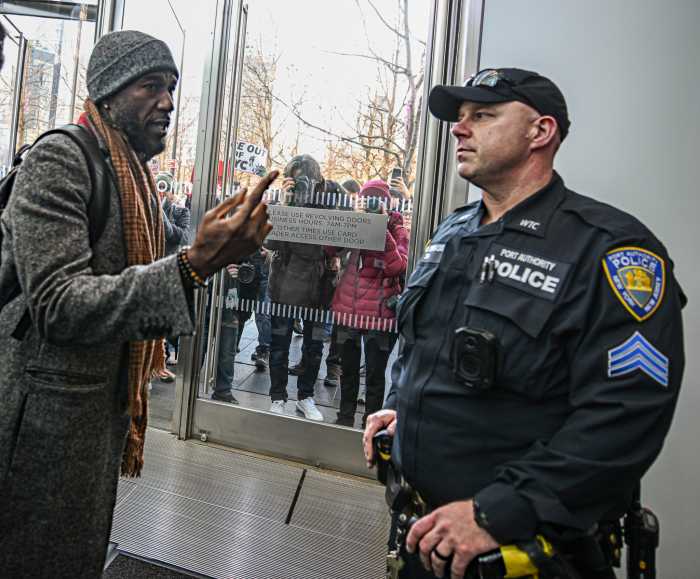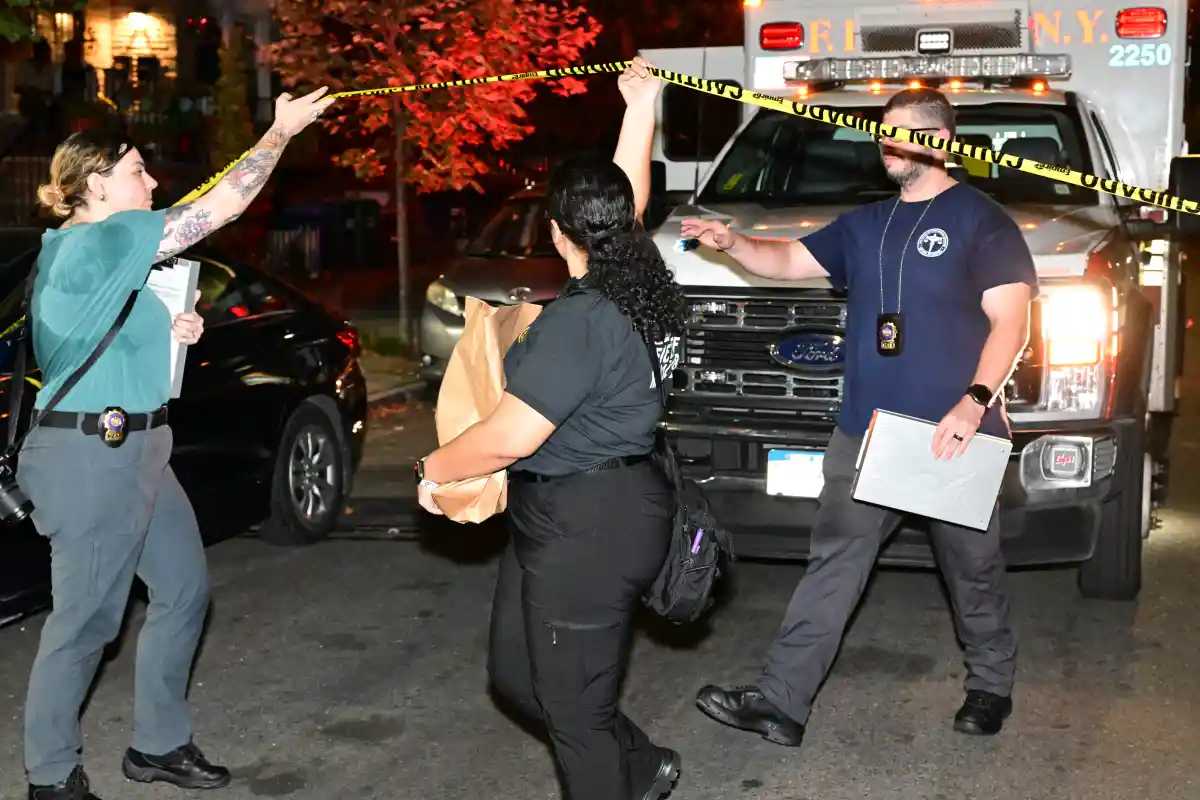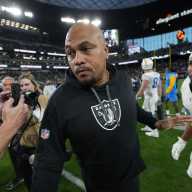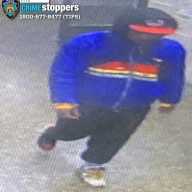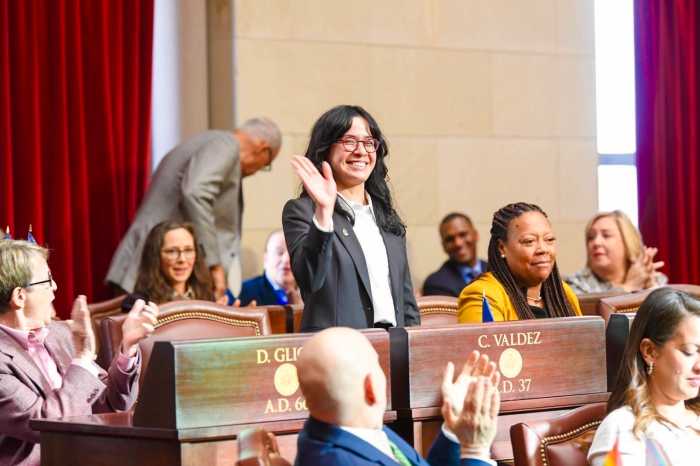
In a teeny tiny kitchen in SoHo (even minute by New York City standards) candy appears as if by magic. The magic of voice command, that is.
This mid-century-like kitchen with its child-sized teal fridge and black-and-white hexagon floor tiles is just one of several mini interactive rooms built to showcase Google’s latest technology. And the tech giant is not alone — many retailers are turning to stores built as experiences, meant to entertain and draw customers in, hoping they will stick around longer, in their efforts to compete with the proliferation of online shopping.
"For us, it was really important to have part of the space be traditional retail, but also to introduce the experiential so people could really understand how our products fit into their lives," said Cheryl Eng, the retail strategy lead for the Google Hardware Store, a pop-up open through Dec. 31, located at 131 Greene St. "We’re really fun, we’re really playful and I think that this allows customers to really understand that. And I think it also gives people a reason to come in and to see the products and see them in a different light than you would ever see them in any other location or with any other retailer."
Speak the phrase, "Hey Google, it’s snack time" out loud and out pops a drawer filled with sugary treats, or ask it to take a selfie inside the rustic "treehouse" for a printed souvenir to take home. Want to check out some videos of squirrels? Just ask.
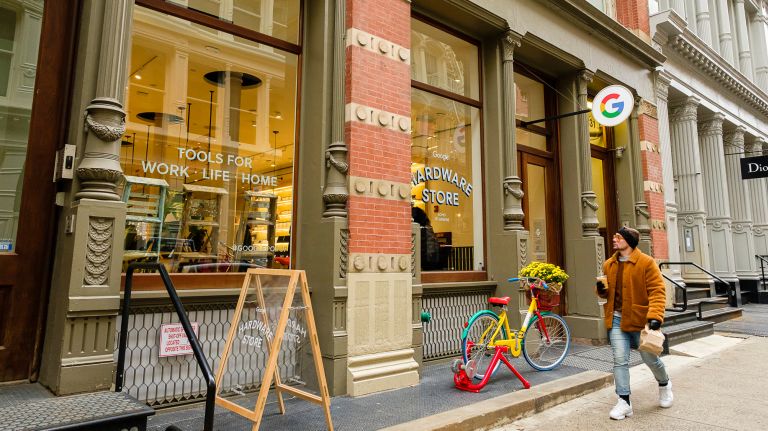
While this trend is so popular in part because curiosity is human nature, it’s also out of simple necessity, said Alixandra Barasch, an assistant professor of marketing at NYU Stern.
"It’s easier and easier to buy online, and brick and mortar stores can’t compete. Many stores have closed," Barasch said. "What they can offer that Amazon can’t is an in-person actual experience that gives you utility and value beyond the product itself.
"The extra utility that consumers get from experiencing and playing … its almost like an artistic expression," she added. "In terms of getting people into physical stores, this is necessary. It’s innovation that this is coming out of a dying medium, they have to."
That need to allow customers to touch, feel and even taste the products resonated with Tina Sharkey, the co-founder and CEO of Brandless, an online-only company selling everything from tomato sauce to shampoo. Consumers at the pop-up store that ran for a couple weeks this fall were given flights — a wink to wine flights sans alcohol — of nut butters and fruit, or soup and cheese bites. There were Instagram-worthy photo ops and a beauty bar with an array of products to try.
"If you have never tried it and you want to know what it tastes like … it takes away the guesswork, it takes away ‘would I even like this,’ " Sharkey said about giving people the opportunity to try products.

"So I thought if we created an experiential thing … it’s really an opportunity to teach, to experience."
While the concept may be popular, Mark Cohen, the director of retail studies at the Columbia Business School, was skeptical on whether the potential payoff for these elaborate — and certainly expensive — experience stores was worth the risk.
"They’re trying to do something that’s differentiated… and they’re typically spending money to create an environment that has no bearing on a return on investment," he said. "It’s about nine parts PR and one part commerce, if at all.
"They start out as gimmicks and most of them are nothing more than that," he added. "A few of them may morph into or blossom into an economically viable idea. … Holiday times these pop-ups proliferate and they come up and go down and some of these are memorable and many of them are not."
But that doesn’t stop many from trying. Winky Lux, a makeup store, turned the back half of a shop in SoHo into several Instagrammable rooms (think a life-size pink Zen garden and a purple pillow room), each with a theme to go with one of its products. The store, which is a traditional retail shop in the front, charges $10 to go into "The Winky Lux Experience," the cost of which is then credited to a makeup purchase. And at Timberland’s Fifth Avenue store, a digital rain room, fake snow and a living green wall mimic the outdoors the brand intends its boots to be worn in.
“Consumers today are looking for experiences with brands,” Timberland’s vice president of global brand marketing Argu Secilmis said in a statement. “They want to make an emotional connection, not just a transaction."



